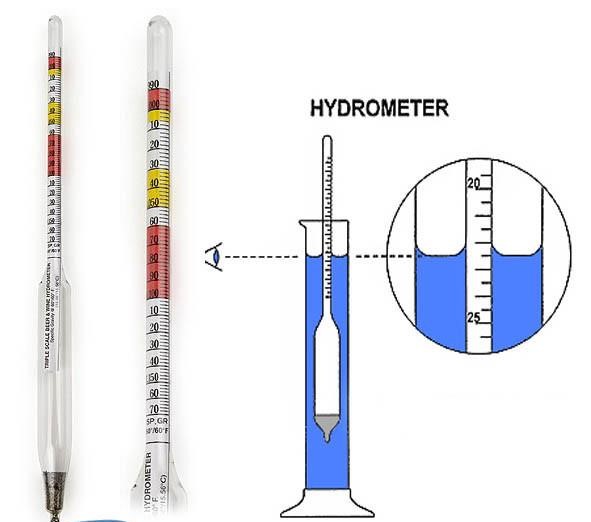|
|
| (13 intermediate revisions by 2 users not shown) |
| Line 1: |
Line 1: |
| ==Soil Particle Size Analysis Methods==
| | [[File:soildot.jpg]][[File:Example.jpg]] |
|
| |
|
| | | [[File:hydrometer.jpg]] |
| There are three basic classifications of soil particle size. They include [[clay]], [[silt]] and [[sand]], from smallest to largest, respectively. There are several different methods to determining how much clay, silt and sand is in a sample of soil, two include sieving, and using a hydrometer. There is another method used in determining the amount of organic mater in soil, to do this one might use the [[Loss on ignition test]], however the purpose of this article will be to focus on clay, silt sand only.
| |
| | |
| ===Sieving===
| |
| | |
| To begin the soil sample needs to be dried to a constant weight, eliminating all the moisture held in the soil. This should be done in an airtight oven, for 24 hrs at 120˚C.
| |
| | |
| Once the soil is dried to constant weight, the sieving can begin. The sieves come with different size screens, they should be chosen according to the particles that are to be isolated.
| |
| | |
| There should be one sieve on top with larger holes to accommodate for gravel that is in the soil. Gravel includes any particle larger than 2mm and will be considered as "sand". [1]
| |
| | |
| Course sand particles range from 1.0 - 2.0 mm while very fine sand particles range from 0.05 - 0.10mm.[1] Choosing two or more sieves within that range might be helpful to account for larger or smaller sand particles, for instance include a sieve at 2.0mm and one at 0.05mm.
| |
| Silt particles ranges from 0.05mm - 0.002 mm [1], therefore a sieve with a corresponding screen hole size of 0.002 mm should suffice.
| |
| | |
| Lastly clay particles are anything smaller than 0.002mm. [1] At the bottom of the stack of sieves should be placed a bottom container with a solid bottom to collect the clay particle that will sift past the 0.002mm sieve.
| |
| | |
| ===References===
| |
| 1. Whiting, David, et al. Estimating Soil Texture. 2003, Estimating Soil Texture,
| |
| culter.colorado.edu/~kittel/SoilChar(&RibbonTest)_handout.pdf.
| |

